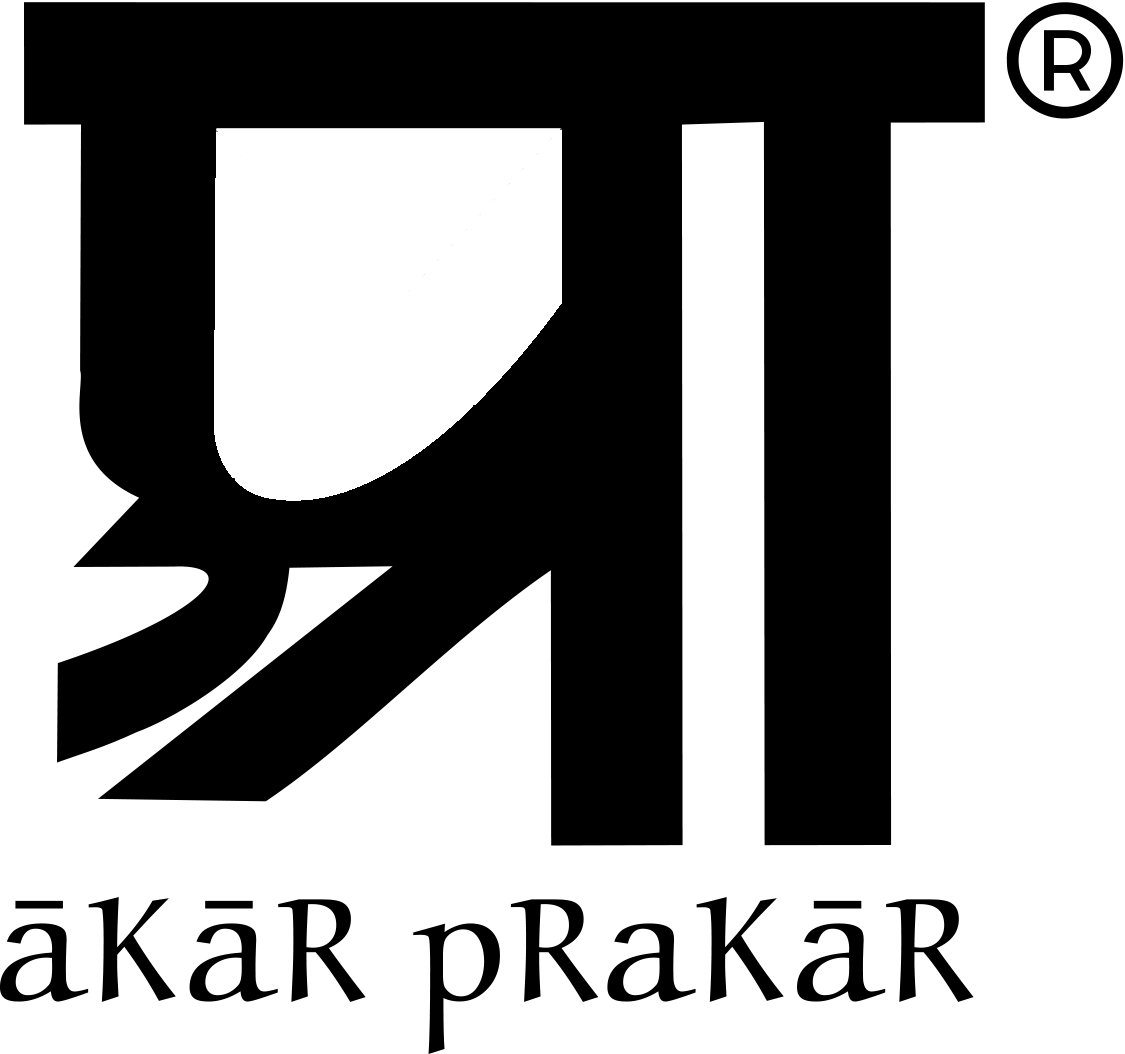On the Originality of Printmaking
by the Akar Prakar Desk
The current show at Akar Prakar highlights the unique techniques of artists like Nandalal Bose, Rabindranath Tagore, Chittoprosad, and Somnath Hore as well as how printmaking evolved in Bengal from being a popular reproduction technique to a fine art form. This offers an additional chance to consider how printing stands out in the larger visual arts setting, emphasizing its special qualities, methods, and philosophical ramifications.
Printmaking is an artistic practice that involves creating images by transferring ink from a matrix (such as a metal plate, woodblock, or lithographic stone) onto another surface, typically paper. This process allows for the production of multiple copies of a single image, each considered an original work of art rather than a mere reproduction. The matrix itself can be reused to produce identical prints, thereby challenging conventional notions of originality and uniqueness in art. The various techniques of printmaking require a combination of artistic skill and technical proficiency. Hence the role of the artist in not only designing the image but also mastering the physical process of creating the print. This dual engagement with conceptual and manual labour is a defining characteristic of printmaking, setting it apart from other artistic disciplines.
Linocut involves carving a design into linoleum, applying ink to the surface, and pressing it onto paper, resulting in bold, graphic prints. Etching uses acid to create intricate designs on a metal plate coated with a protective ground, which is then inked and pressed onto paper for detailed, delicate prints. Woodblock printing, one of the oldest methods, involves carving an image into wood, inking the surface, and pressing it onto paper, producing rich, textured prints. These methods enable artists to produce multiple copies of their original artwork.
Fig1. Nandalal Bose | Bapuji | Woodcut print on paper | 12 x 7.25 in | 1930
Unlike paintings or sculptures, prints inherently involve the creation of multiple originals. This multiplicity raises questions about the value and authenticity of the artwork. Each print is an original in its own right, bearing the artist’s intended expression and craftsmanship. The ability to produce multiple copies does not diminish the artistic value of each print but rather enhances its accessibility and reach. Case in point is Nandalal Bose’s Gandhi print. (Fig. 1)
Fig 2. Chittaprosad | Untitled | Linocut on paper | 6.75 x 12 in
The medium of printmaking influences the viewer's aesthetic experience. The tactile qualities of prints, the visible marks of the matrix, and the subtle variations between different prints of the same image contribute to a unique visual and sensory experience (Seen in this work by Chittaprosad Fig.2). These elements invite viewers to appreciate the nuances of the printmaking process and the artist’s technical prowess.
Fig 3. Gopal Ghose | Untitled | Etching | 4.75 x 6.5 in | 1953
A point to be considered is the philosophical implications of printmaking, particularly concerning originality and authenticity. Printmaking challenges traditional aesthetic theories that prioritize singular, unique works of art. By producing multiple originals, printmaking expands the definition of what constitutes an original artwork and prompts a reevaluation of artistic value. Gopal Ghose's works (Fig 3, 4) demonstrate how, following a first print, adjustments are done on the plate to create a new sensory experience.
Fig 4. Gopal Ghose | Untitled | Etching | 5 x 6.5 in | 1953
Printmaking like all forms of art depends on the spontaneity, autonomy, and individuality of the artist. Still, the fact that various editions of one work are produced brings the question of originality to the forefront. In the prints of national and social importance by the pioneers of printmaking shown in the exhibitions, one must truly question if the reproduction of culturally significant pieces such as these in any way or form can ever diminish their significance.




